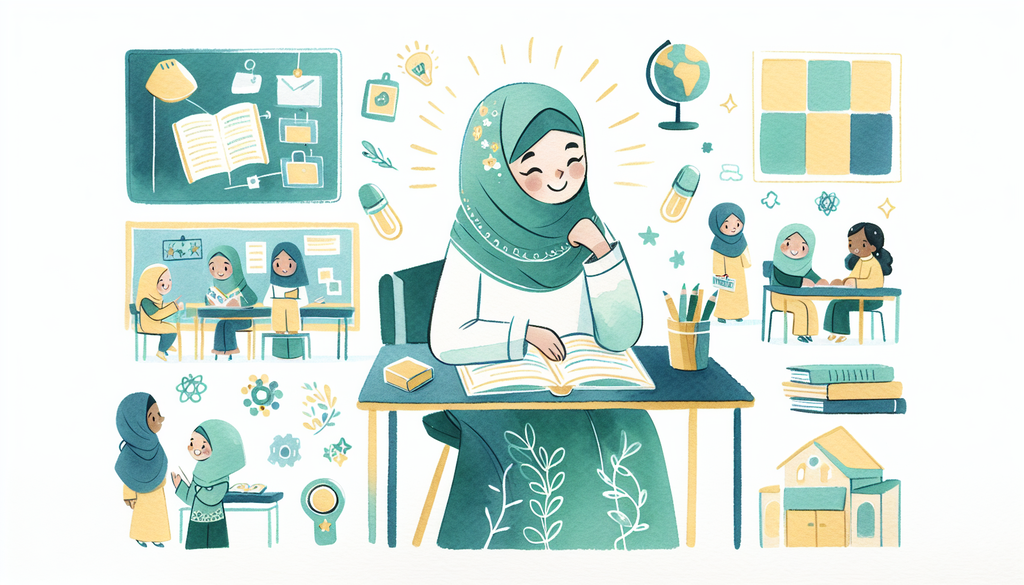Effective Classroom Strategies for Students with Autism

As parents and educators, providing our children with an optimal learning environment is a top priority. This task becomes even more essential when dealing with students diagnosed with Autism Spectrum Disorders (ASD). Teaching a child with autism can be a rewarding experience, fostering unique strengths and abilities that these children possess while aiding the areas in which they struggle.
Autism varies widely from person to person, thus the “spectrum” descriptor. But, the goal remains to establish a structured, encouraging, and inclusive environment that creates the best conditions for learning and growth. Below are some practical strategies that can enhance the classroom experience for students with autism.
Proactive Classroom Organization
An organized, predictable, and structured classroom environment often works best for students with autism. Visual cues can be used to define different areas of the classroom, like reading areas, craft sections, rest zones, etc. It helps these children understand what happens in these areas, reinforcing routine and expectation.
Visual Supports
Visual supports are powerful tools that can facilitate independent functioning; they can help students transition between activities, increase comprehension, develop social skills, and manage behavior. Visual supports range from visual schedules, social stories, flashcards, to interactive whiteboards.
Sensory-friendly learning environment
Children with autism often have difficulty processing sensory information, leading to overstimulation or under-responsive behaviors. Creating a sensory-friendly environment involves providing opportunities for sensory breaks, designated quiet spots, availability of fidget tools, and noise-cancellation headphones for noise-sensitive students.
Social Skills Training
Social interactions can pose a challenge for students with ASD. Activities like role-playing, video modeling, and social stories can provide a structured way to teach social skills, improve understanding of emotional expression and enhance communication ability.
Individualized Learning Strategies
Children with autism have unique learning abilities and styles. Differentiated instruction, supported by technology, can be particularly beneficial. With today’s plethora of educational apps and digital tools, interactive learning offers personalized paths for every learner.
An autism diagnosis brings unique challenges, but also boundless potential. As educators and caregivers, our role is to uncover and nurture this potential by creating an environment where students with autism can thrive. There are plenty of resources available that provide effective strategies and assistance for transitions, all aiming to facilitate both academic and personal growth.
To delve deeper into the rich world of special education and pick up more strategies to support your child or student, explore our blog’s Educational Resources & Tools section. Together, we can kindle the spark of learning that resides in every child.